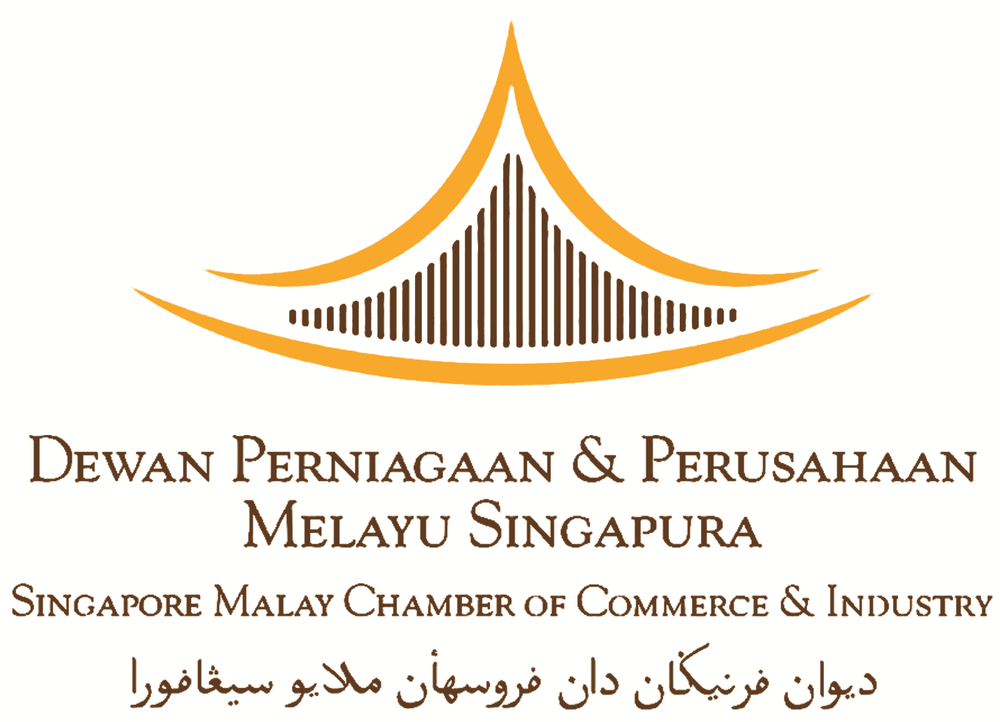COVID-19 has engulfed the world, bringing uncertainties and widespread fear, and a global recession along with it. Its effects are worse for some and not as bad for others, but the speculation, reports and headlines are enough for practically everyone to at least be aware of the pandemic and its impact by now.
Fortunately, financial aid and government support have been made readily available for companies in Singapore, and businesses are continuing to reinforce their finances and support their employees. Businesses are pushing forward, while having precautions and safe distancing measures in place, and strategizing for the near future.
So, how are Small and Medium Enterprises (SMEs) in Singapore fairing right now, and how might they work to ensure financial stability moving forward?
Utilizing government aid
SMEs in Singapore may be considered fortunate when it comes to the Government providing some semblance of support that comes in the form of aid to fund business operations or relieve financial burdens. There was a steep learning curve way back in the early 2000s when the previous SARs outbreak led to major concerns about finances among people in the country. Since then, the Singaporean leadership has been busy with precautionary measures for if an event like that were to happen again - and it did.
The Ministry of Finance announced the Wage Credit Scheme (WCS), which aims to support businesses and encourage productivity gains with local employees, let SMEs receive approximately 70% of its funding. It provided over S$600 million in payouts, which also helped to co-fund about 15% of qualifying wage increases given in 2017, 2018 and 2019 to over 700,000 employees who were earning gross monthly wages of up to S$4,000 (based on Budget 2020 enhancement, the gross monthly wages have been increased to S$5,000). SMEs do not have to apply formally for the WCS benefits, however, they will need PayNow Corporate or GIRO if they wish to receive the funds. Some of you may have already received the relevant letters from the Inland Revenue Authority of Singapore (IRAS).
Aside from this, there are also other support programmes from the government, such as the Jobs Support Scheme (JSS) which provides wage support for employers to retain their local employees by relieving their cash flow. How JSS works is that the government co-funds the first S$4,600 of gross monthly wages paid to each employee for 10 months, with levels of support varying for different sectors. Payouts are in April, May, July and October 2020. There is also no need to apply for the JSS as you will be notified by IRAS on the tier of support and amount payable to your company.
Read also: COVID-19 Fortitude Budget: Enhancements to Jobs Support Scheme
Read also: COVID-19: 7 Government Support and Grant That Help SMEs Stay Afloat
Thriving in the new norm
In order for SMEs to push past the pandemic and continue with business as usual, it's important that they recognise the measures necessary to ride through potentially disastrous periods containing health hazards. The Business Continuity Plan (BCP) is a great example of this effort, and most businesses may have already incorporated this plan ever since the 2003 SARs pandemic. In essence, the plan is used to help ensure that both employees and employers, as well as their relevant assets, are all protected. This effectively helps companies function as seamlessly as possible.
One of the most common and simple ways to implement a measure like this in your company is to deploy a work-from-home (WFH) policy that can help reduce the exposure of the coronavirus within a physical work premise. In fact, many prominent brands like Google and Facebook have already begun designing policies for remote work to help their workers stay safe and productive. Tech companies are in the best position to deploy a remote working structure, while other SMEs in different sectors might require more planning beforehand.
Read also: 7 Ways To Improve Productivity When Working From Home 2020
Safety and productivity measures
In-line with the WFH policies that SMEs need to instil, business owners need to identify a few factors that would help to make the process smoother. Assess the suitability and level of readiness of employees based on factors like data privacy concerns, the nature of work and the systems that need to be put in place for better software and hardware compatibility.
If you're going to deploy remote working initiatives, then ensure that the digital infrastructure you've set up has good security measures, user-friendly interfaces (preferably one with cloud-capabilities) and good internet connectivity among your employees.
We don't know how long the new normal will last, which is why SMEs need to communicate with and accommodate their workers and teams as thoroughly as possible. Create a detailed policy so that the company and its employees are on the same page.
Read also: Productivity Solutions Grant (PSG) Singtel Laptop Bundle: Latest Updates and FAQs
Developing and restructuring the workforce
Concurrently, it's important to train and develop a workforce that is educated enough to work-from-home. Workforce Singapore (WSG) has come up with the Adapt & Grow programme which aims to help SMEs acquire training support for optimised remote working capabilities, as well as wage subsidies to keep people financially stable until they see it through to the end of the pandemic.
One of such initiatives is the Work-Life Grant, which aims to promote work-life harmony for employees. Although application for the Enhanced Work-Life Grant (Covid-19) has ended, SMEs can still apply for the existing Work-Life Grant to implement Flexible Work Arrangements (FWAs) such as compressed work week, part time work, time banking and rotating shifts. This incentive provides funding of S$2,000 for every local worker on FWAs, up to S$70,000 over 2 years.
In fact, WSG is also working with efforts in conjunction with the Singapore Economic Development Board and other parties to introduce a redeployment programme to help various supply chain and logistics companies manage their employees’ readiness. It could last up to three months and comprises planned educational initiatives to help employees reskill and prepare their futures, as continued disruption is predicted across many industries.
Read also: How SMEs Can Benefit From Work Life Grant 2020
SMEs need to manage costs
Cash flow management is a big factor for surviving this Covid-19 pandemic and bouncing back from the economic drop long after. There's very little chance for SMEs to carry on normally, especially when revenue sources are dried up and savings, additional funding or other forms of financial reinforcements are absent.
For this reason, SME companies in Singapore will need to consider taking measures for cutting costs in order to stay out of the red and continue business operations. Come up with a cost-cutting strategy that entails freezing certain payment terms, minimising unnecessary expenses (like travel) and reducing operating hours so active expenses are curbed. These steps won't be easy to carry out, but they are important if companies want to avoid bigger problems that could lead to layoffs and other painful processes.
The next most common way for SMEs to ease cash flow during this economic downturn is to seek business financing. Fortunately in Singapore, we have government-assisted financing schemes such as the Temporary Bridging Loan Programme, which helps businesses in all sectors to have access to working capital up to S$5 million, and interest rates capped at 5% per annum.
There are also a barrage of alternative loan options to either help fortify reduced cash reserves, beef up capital or settle outstanding expenses before things get worse.
Read also: 8 Common Questions SMEs Have About the Temporary Bridging Loan Programme
Read also: COVID-19: The Rise of Alternative Lending
-------------------------------------------------------------------------------------------------------
Not sure whether your company can be qualified for bank loans or alternative lending? Try our A.I assisted loan, and Smart Towkay team will send you a lending report within 24 hours' time. With the lending report, we aggregate and recommend the highest chance of approval be it with BANKS / FINANCIAL INSTITUTIONS or Alternative lenders like Peer to Peer Lenders or even B2B lender!
Got a Question?
WhatsApp Us, Our Friendly Team will get back to you asap :)
Share with us your thoughts by leaving a comment below!
Stay updated with the latest business news and help one another become Smarter Towkays. Subscribe to our Newsletter now!
 Real CBS Makeovers: 3 Case Studies of SME Owners Who Turned Bad Credit Around
Real CBS Makeovers: 3 Case Studies of SME Owners Who Turned Bad Credit Around Ask SmartLend: Why Did My SME Loan Get Rejected?
Ask SmartLend: Why Did My SME Loan Get Rejected? Introducing SmartLend Concierge: A Helping Hand for SME Loans
Introducing SmartLend Concierge: A Helping Hand for SME Loans Legal Ways to Lighten Your Company’s Tax Burden in Singapore
Legal Ways to Lighten Your Company’s Tax Burden in Singapore A Wake-Up Call on Director Duties: The Envy Saga and Other Cautionary Tales in Singapore
A Wake-Up Call on Director Duties: The Envy Saga and Other Cautionary Tales in Singapore











